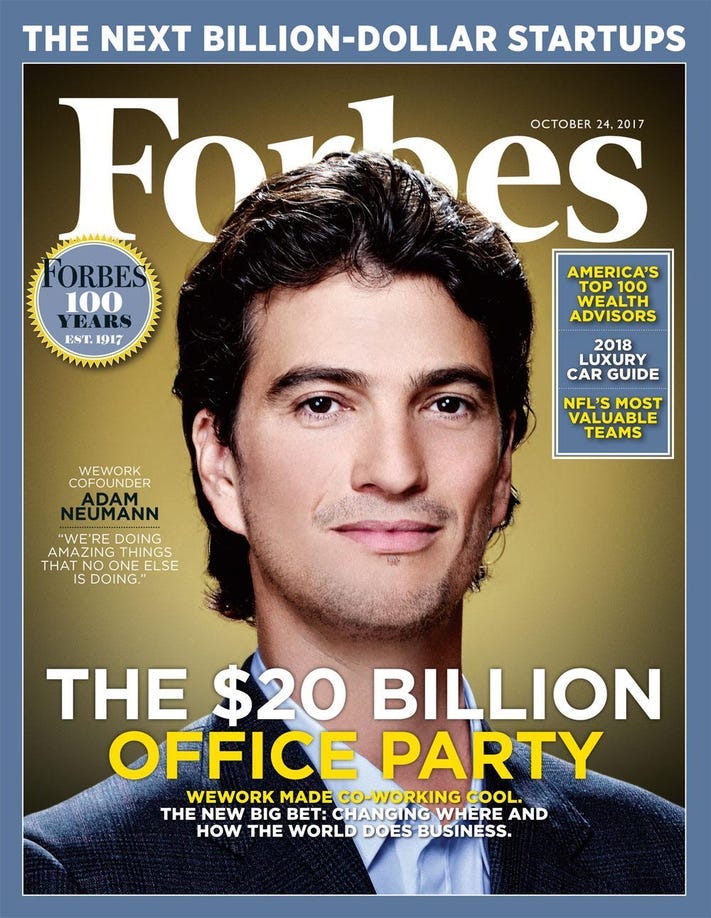Silicon Valley Bank Went Bust. Not Fun.
So much has already been said about what happened at “tech’s bank”. Open any news site and you’ll see it.
I don’t have anything smart to add, so I’ll point you to what I think are the smartest, least convoluted takes.
First, what actually happened, in financial terms:


Bing explains what happened in monkey and banana terms.
A smart take on how SVB got the communication of this so. very. wrong.


AXIOS takes that forward nicely, reporting that SVB’s fatal communications mistake —sending a disastrous, jargon-filled press release that added to the general panic and led to a run on the bank — generated distrust among one of the bank's VC partners, who may/may not have told their portfolio CEOs to pull their money out of SVB.
The story then opened up into what journalists love the most: people with big money and big egos trash talking each other, in public, on the record.
By now, it must be clear that being named as something by Forbes is guaranteed to backfire on you (I’m talking to you Forbes). Elizabeth Holmes and Sam Bankman Fried, tech con artists, were on your cover.
Also this guy.
So why was I not surprised to see this in SVB’s Newsroom?
That’s enough of SVB for now.
///Moving on///
We’ve seen some early casualties of the ChatGPT era in the media. CNET is so far the most prominent tech news site to have played with the ChatGPT fire and gotten burned. Which is a pity because CNET used to be good.
So I was relieved to see WIRED set its ground rules for using generative AI tools in its writing and reporting.
I’ve been reading (and even wrote a few times for) WIRED for as long as I can remember, and I have a lot of trust in that publication. It’s good to see their response to this seismic shift in how writing, reporting, and editing happens.
I used ChatGPT to summarize the core points from their manifesto.
WIRED does not publish stories with text generated by AI, except when the fact that it’s AI-generated is the whole point of the story.
They may try using AI to suggest headlines or text for short social media posts.
They may try using AI to generate story ideas, “but the real work, which only humans can do, is in evaluating which ones are worth pursuing.”
WIRED may experiment with using AI as a research or analytical tool but they will still have to go back to the original notes, documents, or recordings to check quotes and references.
WIRED does not publish AI-generated images or video.
////What you need to understand about hype, from The Economist////
As communications professionals, we need to tread a fine line between “hyping” our clients and guarding their credibility. This is a good primer on how to find that line and hold onto it.
Bottom line: Hype can be beneficial for entrepreneurs and companies, unlocking funding and attracting users, but it can also lead to problems, including deceitful promises, disappointment and damaged credibility.
////More helpful dejargonization from The Economist///
Bookmark and keep this handy guide to economic terms as you navigate the world of financial communications.
////Leaves a good taste in your mouth///
Toblerone bars, sold in over 100 countries and airport duty free shops, can no longer be called Swiss chocolate because the brand’s US owner is moving some production out of Switzerland. The 112-year-old brand will also lose the iconic Alpine mountain from its packaging.
I learned something new from this story: Switzerland has a Swissness Act, whereby national symbols like the Swiss cross are not permitted on products that don’t meet “Swissness” criteria.
As prices for labor and raw materials rise around the world, Toblerone has decided to forgo the “Swissness Brand” for a more profitable manufacturing process in Slovakia.
Did Toblerone do the right thing? Are the Swiss being a bit precious with their “Swissness” brand, or have they got their priorities right? Let me know what you think.















